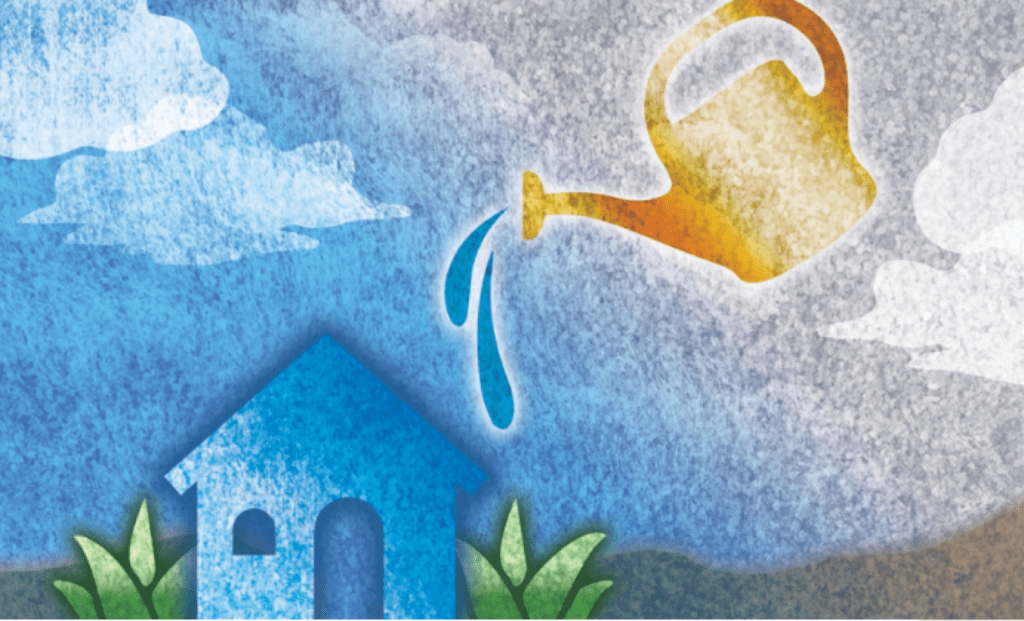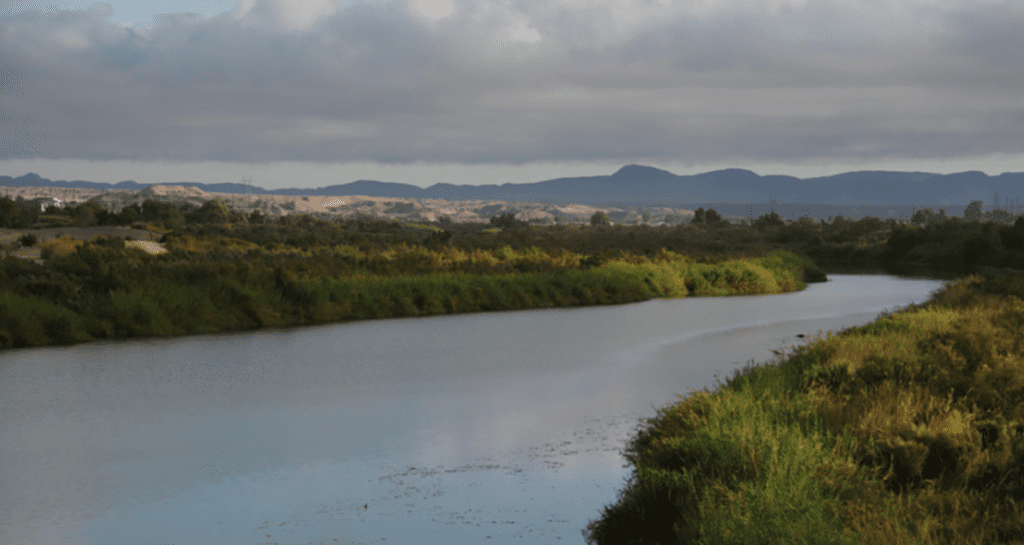Daniel Salzler No. 1048
EnviroInsight.org 2 Items May 8, 2020
—————Feel Free To Pass This Along To Others——————
If your watershed is doing something you would like others to know about, or you know of something others can benefit from, let me know and I will place it in this Information newsletter.
If you want to be removed from the distribution list, please let me know. Please note that all meetings listed are open.
Enhance your viewing by downloading the pdf file to view photos, etc. The
attached is all about improving life in the watershed.
1. Recent test by the National Institute of Occupational Safety and Health (NIOSH) found that about 60% of 67 different types of imported masks tested allowed in more than tiny particles that U.S. standards normally permit.
One mask NIOSH tested, sold in packaging bearing unauthorized Food and Drug Administration logos, filtered out s little as 35% of particle. Another, marked as KN95, Chinese standard similar to N95 had one sample test below 15%.
NOSH tested two batches of masks with the same packaging as the Indutex USA order. It found that the masks filtered s little as 15% of particulates. Read more in the Wall Street Journal May 1, 2020.
2. Water Your Home. Are you working from home and contemplating the wonders of water? Beyond being very grateful for our clean tap water and our efficient wastewater systems during this stressful time, we can re-energize our moods by implementing some home water innovations and strategies. Here are a few ideas and resources to help get you started or remind you of that “water to do list” you left at the office.

Beyond being very grateful for our clean tap water and our efficient wastewater systems during this stressful time, we can re-energize our moods by implementing some home water innovations and strategies. Here are a few ideas and resources to help get you started or remind you of that “water to do list” you left at the office.
- Conserve by collecting your shower water and using it on your plants or finally take some time to set up a gray water system from your washing machine or shower. Arizona Department of Water Resources has great tips in their flier “Using Gray Water at Home”
- Build berms and basins to harvest rainwater in your yard or scope out opportunities for future neighborhood water harvesting projects during your evening walks. Check out the WRRC Water Harvesting Assessment Toolbox, search your municipality’s website, or explore Brad Lancaster’s website for on-line tools and ideas. When the monsoons come, you will get the fun of satisfying your inner water engineer.
- Saving energy also saves water. Dry your clothes outside or actively regulate your home’s temperature by opening your windows in the mornings and lowering shades in the afternoons.
- Gardening is such a joyful experience, whether improving your desert landscaping or growing your first tomato. The UA Arboretum page has a great desert gardening guide where you can search for plants based on their growing requirements, characteristics, or function. AMWUA also has an excellent on-line plant guide! Looking for top-notch gardening reading? Go to the UA Cooperative Extension website to find science-based information on home composting, growing roses, treating noxious weeds, nurturing trees and more! Source: Arizona Water Resources Research Center
- Rebecca Ruffner, President
Central Arizona Land Trust
PO Box 1050
Prescott, AZ 86302
RE: Letter of support for the Orme Ranch Conservation Easement
I am writing today, on behalf of the Upper Agua Fria Watershed Partnership, to share our overwhelming support for an exciting opportunity regarding permanent conservation of the Orme Ranch. We believe that a conservation easement, on nearly 1,000 acres of the Orme Ranch, will ensure that the conservation values embodied in the native grasslands and the riparian habitat along Ash Creek, a major tributary of the Agua Fria River, will be a lasting benefit to Arizona’s land and water resources
Furthermore, we support the efforts by the Central Arizona Land Trust, in partnership with the Arizona Land and Water Trust, to keep the ranch free from development, yet retaining its use as one of Arizona’s most historic agricultural operations. The opportunity to save this landscape, in the Upper Agua Fria Watershed, means that the richness of the water and habitat resources can continue to support the unique ecological conditions of the Central Highlands. Additionally, this protection effort, ensuring no subdivision or development, will open the door to increased opportunities for research and education on the Orme Ranch and the surrounding lands and resources, including with the Orme School. Moreover, its location along Ash Creek and just north of the Agua Fria National Monument, makes this protection effort one of statewide, if not, nationwide significance.
Since recent passage of the Department of Agriculture’s 2018 Farm Bill, federal funding is available this year to acquire a conservation easement, which will permanently protect the ranch yet restrict subdivision and development in perpetuity.
We are especially encouraged to hear that due to its location in the Central Highlands, the lands that make up the Orme Ranch qualify as Grasslands of Special Significance. Therefore, the Farm Bill funding will pay to up to 75% to purchase a conservation easement on the ranch. This funding has been obligated to Arizona and the Orme Ranch application is highly ranked to be funded this year.
The Upper Agua Fria Watershed Partnership (UAFWP) has been meeting monthly for 20 years since its initiation under the Arizona Department of Water Resources/Arizona Rural Watershed Initiative which encouraged the formation of citizen water groups in rural areas. These groups work to develop a unified voice to balance the strong voices of the highly populated urban areas. UAFWP is a non incorporated entity that serves as a clearinghouse for issues regarding water quality and quantity, watershed health both upland and riparian, and water-related problems in the 1200 square miles from the south border of the Prescott Active Management Area to Lake Pleasant. UAFWP has conducted cleanups of wildcat dumping on BLM and Arizona State Trust lands, public erosion control workshops, and served as a forum for issues such as the 2013 dry up of a Big Bug spring due to construction water use for the Cordes Junction Traffic Interchange. Participants include federal, state, county and local agencies and organizations, area landowners and other members of the public. As prudent stewards of the Upper Agua Fria Watershed – which provides beauty, bounty, and sustenance – we envision a sustainable, multigenerational future of health and continued abundance, achieved through best practice management of this semi-arid watershed’s natural systems.
This perpetual conservation easement supports the goals and mission of the Upper Agua Fria Watershed Partnership. As a proponent for the conservation of Arizona’s significant resources, we strongly believe that this conservation effort aligns with our commitment to Arizona’s future based on strategies that promote and support sustainability of Arizona’s biodiverse ecosystems.
Sincerely,
Mary V. Hoadley, Chair
Upper Agua Fria Watershed Partnership
13555 S Cross L Road
Mayer, AZ 86333
4. SuperMoon (Flower Moon) 3:45 am is best sighting time. This is the last of the year

We’ve been on a run since February of extra-large full moons known as “supermoons.” The term “supermoon” can refer
to either a new or a full moon that happens at or near perigee
A supermoon appears subtly larger than a regular full moon. The “pink” moon of April was the biggest of the year, but May’s moon should be just as gorgeous.Thursday morning isn’t your only shot at a good show. “The moon will appear full for about three days around this time, from Tuesday evening through Friday morning,” said NASA in a release.
5. Hydrological Science – In Language Fit For A Novice Or An Expert

Whether you’re an aspiring hydrologist or a seasoned water manager, there’s one reference tool you’re going to want on your bookshelf of treasured resources – the new Colorado River Basin Climate and Hydrology State of the Science Report!
Sure to be a “best seller” amongst those looking toward the future of the Colorado River Basin, this comprehensive document integrates nearly 800 peer-reviewed studies and reports to provide a baseline assessment and description of the data, technical tools and research relevant for water resource management in the Basin. The report was recently released by the Western Water Assessment team out of the University of Colorado.
The report was collaboratively funded by CAP and other basin partners – Arizona Department of Water Resources, California’s Six Agency Committee, Colorado River Water Conservation District, Colorado Water Conservation Board, Denver Water, Metropolitan Water District of Southern California, New Mexico Interstate Stream Commission, Southern Nevada Water Authority, Utah Division of Water Resources, Wyoming State Engineer’s Office and the U.S. Bureau of Reclamation.“This document is for anyone to pick up to get a fundamental understanding of the past, current and future climate and hydrology of the Colorado River Basin and how ongoing changes to both are being managed,” says Mohammed Mahmoud, PhD, CAP senior policy analyst. “It’s also a document that experts can dive into for specific chapters on topics in which they have a keen interest.”
According to the report language, the goal is to “facilitate more accurate short- and mid-term forecasts and more meaningful long-term projections of basin hydroclimate and system conditions.”
In other words, it’s a reference document for all – the novice who wants a basic understanding and the expert who wants more nuanced information on methods, tools and data. This common frame of reference is critical as stakeholders begin to determine the future of the Colorado River Basin in the face of drought and climate change. Source; CAP News
6. Sunday Is Mothers Day. Celebrate Mothers Day on May 10. Some of us will celebrate our Mother’s in our homes. Others will celebrate our Mother’s via Skype, Zoom, Telephone or in prayer for the departed.
However we celebrate our Mother’s, remember the history behind the day: Historical precedents aside, today’s version of Mother’s Day in the United States can be attributed to the tireless efforts of Anna Jarvis, who wasn’t actually a mother herself. She organized the first observance in 1908 to honor her own mother, who had died three years earlier. Katharine Antolini, author of Memorializing Motherhood: Anna Jarvis and the Struggle for Control of Mother’s Day, explains, “It wasn’t to celebrate all mothers. It was to celebrate the best mother you’ve ever known—your mother.” In 1914, President Woodrow Wilson named Mother’s Day an official holiday.

